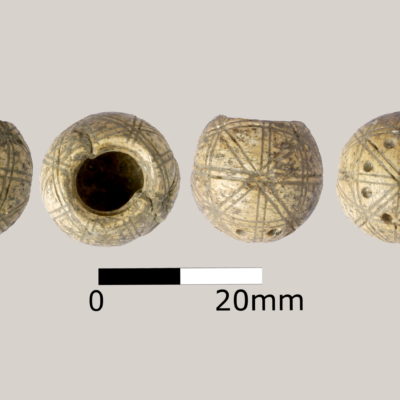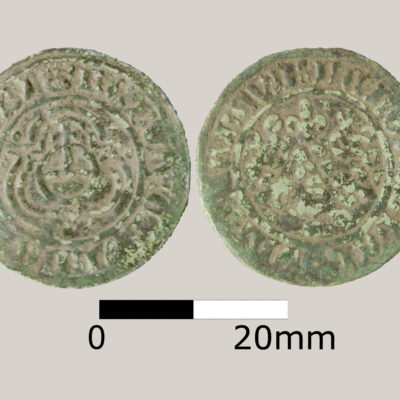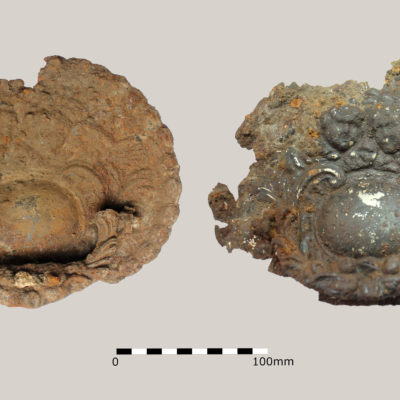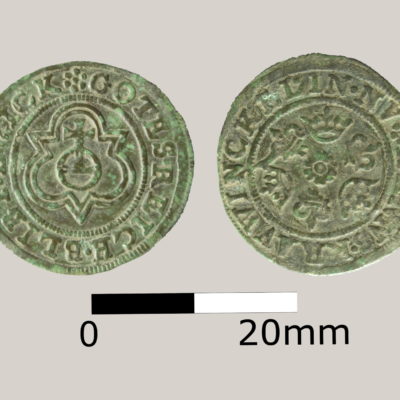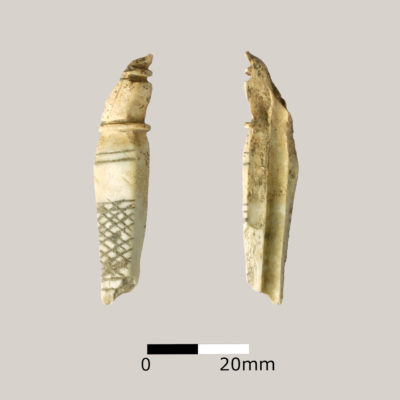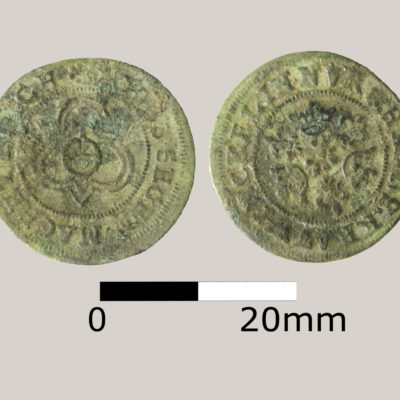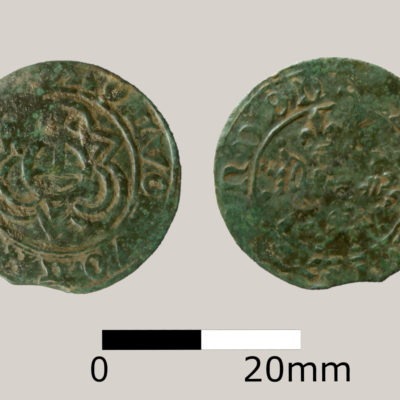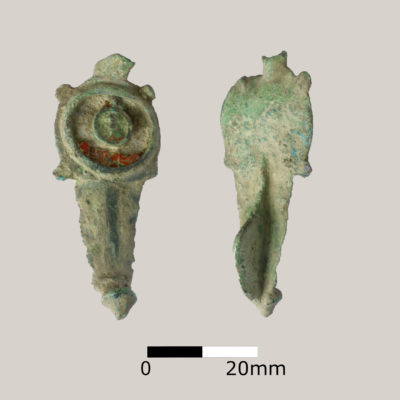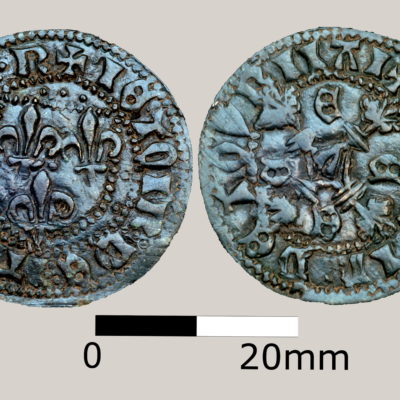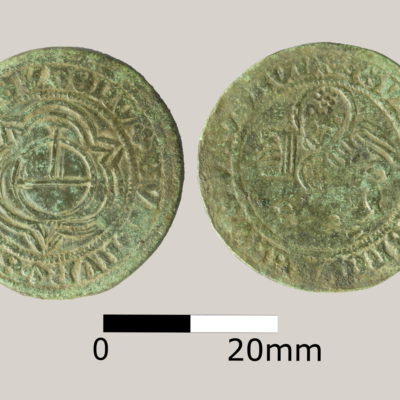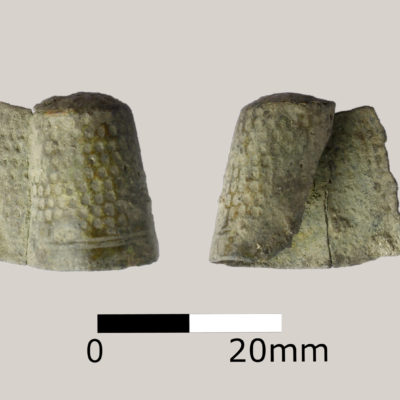Programme of Archaeological Work, Project Pilgrim
In 2017, Border Archaeology came to the end of an extensive programme of archaeological field work on behalf of Gloucester Cathedral’s Project Pilgrim in connection its ten-year enhancement and public engagement initiative of its public spaces within the Cathedral precinct.
A substantial and lengthy programme of post-excavation analysis and interpretation then ensued interrupted by COVID.

In Brief
Programme of Archaeological Work
Archaeological Excavation
Archaeological Observation
Key Points
- 41 ledger stones likely to be impacted by the groundworks were cleaned, recorded and planned using Total Station before removal and relocation.
- 226 burials were recorded, 72 of which were associated with the remains of a coffin
- 27 brick-lined graves were recorded, five of which contained inhumations.
- A significant quantity of disarticulated human bone was recovered.
Summary
Project Pilgrim Phase 1 was concerned (in part) with enhancing the Cathedral’s setting to the south and west, converting the existing car parks in Upper and Lower College Green to public amenity space. Upper College Green to the south of the Cathedral represents the site of the former Lay Cemetery, where preliminary evaluation trenching opened by Border Archaeology on behalf of Project Pilgrim established a burial depth of c.300-1300mm below ground level.
These results shaped subsequent mitigation works, with areas identified for Archaeological Excavation or Observation dependent on the level of disturbance affecting burials and associated below-ground deposits and features.
In summary, the archaeological programme comprised:
Excavation to the south of the Cathedral comprising five designated Areas to depths of c.300-500mm below ground level and, elsewhere in Upper College Green, two shallow trial-trenches, two Christmas tree sockets flanking the South Porch and additional pits to accommodate six trees, five lighting columns and three directional signs and associated archaeological observation where required.
Archaeological Excavation
In all, 226 burials were recorded, 72 of which were associated with the remains of a coffin. Those found within the impact depth were lifted for analysis and subsequent reburial, whilst burials encountered at the base of the excavation were recorded and left in-situ. Additionally, 27 brick-lined graves were recorded, five of which contained inhumations. Additionally, a significant quantity of disarticulated human bone was recovered.
All inhumations were returned to the Cathedral for safe reinterment.
Archaeological Observation
This focused largely on Lower College Green to the west of the Cathedral, the only deep excavations carried out under Archaeological Observation being those required for the installation of two bollards at King Edward’s Gate, the principal entrance into Upper College Green.
In summary, discoveries included:
A masonry wall running south-southwest from the corner of the south wall of the Nave and probably representing the west wall of the former Lay Cemetery in Upper College Green, with the eastern wall of the Lay Cemetery running along the rear of the houses on the east side of Upper College Green;
A masonry wall running roughly north south from the South Transept, likely delineating the east wall of the former Lay Cemetery;
Deposits and possible cuts believed to be associated with the original construction of the existing West Front of the Cathedral;
Foundations running north-south associated with the Cathedral or earlier monastic building;
Foundations running east-west (possibly related to the north-south foundations above) beneath the Cathedral and truncating the remains of an inhumation radiocarbon-dated to the late Anglo-Saxon period;
A buried soil horizon in the former car park that contained five inhumations, with a masonry structure recorded in the grassed area immediately adjacent to the Cathedral;
Cellarage and a masonry structure revealed during installation of the two bollards at King Edward’s Gate.
Results
These results shaped subsequent mitigation works, with areas identified for Archaeological Excavation or Observation dependent on the level of disturbance affecting burials and associated below-ground deposits and features.

